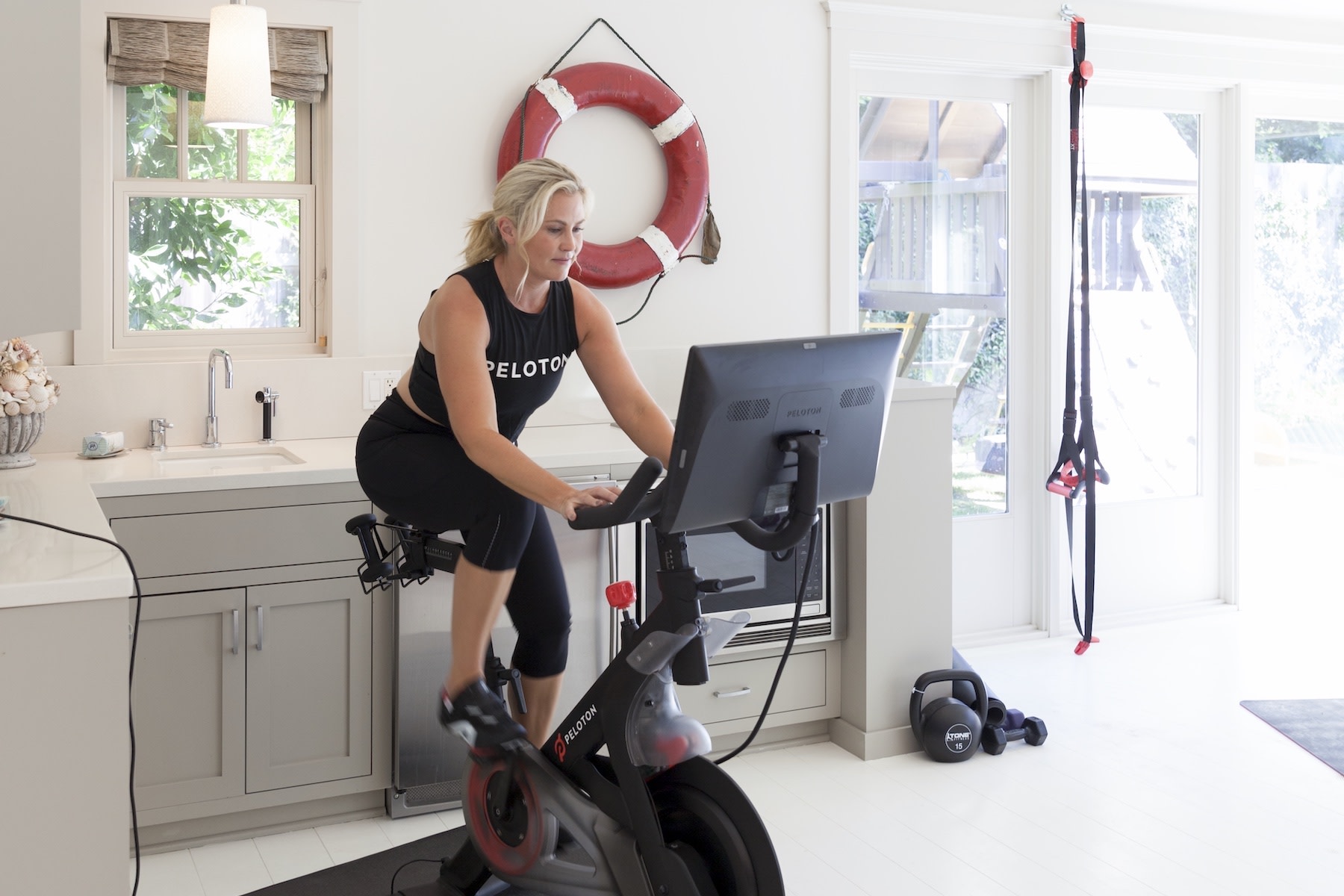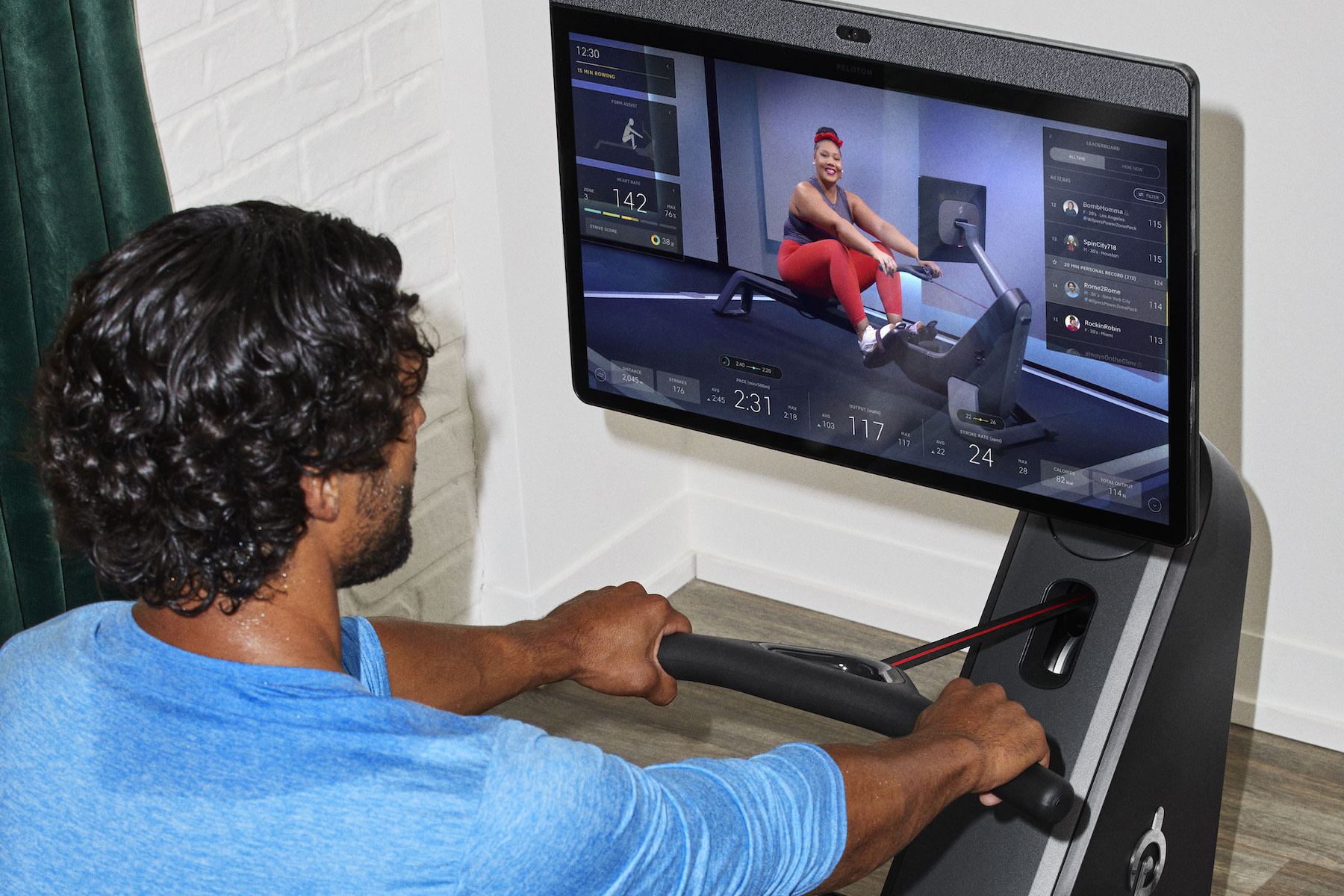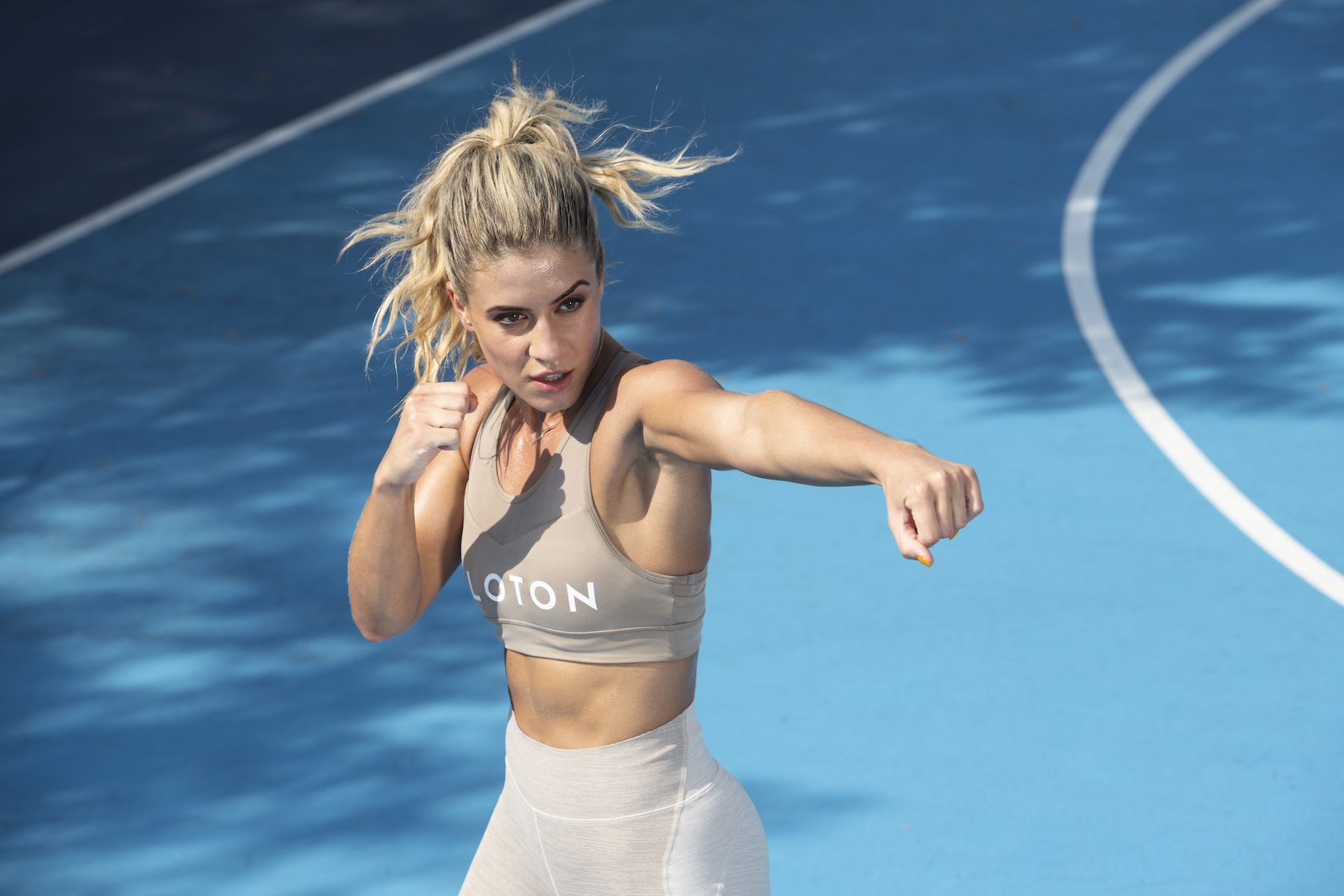
10 Types of Low Impact Cardio That Come With Major Health Benefits
Don’t worry, you’ll still work up a solid sweat.
By Alyssa Sparacino•
What Is Low Impact Cardio?
What are the Benefits of Low Impact Exercises?
10 Types of Low Impact Workouts to Try
The beauty of fitness is that there are so many ways to move your body—but if you find yourself pounding, bounding, jumping, and leaping through most of your workouts, your joints are likely taking a hit through the process. There are plenty of advantages—notably, bone-strengthening benefits—to high-impact modalities such as running or plyometrics, but low impact cardio shouldn’t be overlooked, especially if you’re looking for joint protection techniques. Below, find out exactly what’s considered a low impact workout, why you should be doing them, and how to incorporate low impact cardio into your existing routine.
What Is Low Impact Cardio?
Low impact workouts are anything that limits the force put on your joints—think swimming and cycling—whereas high impact training includes modalities that require more direct force on joints, such as running or gymnastics-style workouts. One of the biggest misconceptions of low impact cardio training is that it’s somehow “easier” or not as effective, but that’s not the case at all, says Peloton instructor Kirsten Ferguson. “You could take a 20-minute music-based class and get an equal output number as doing, say, a 30-minute hike,” she says.
What’s more, there’s a key difference between low impact and low intensity. Think about mountain climbers, a low impact exercise. Slow and controlled reps offer a lower intensity (though a serious core burn), but doing all-out mountain climbers for speed as a cardio burst is a way to perform the exercise with a high intensity that will really work up a sweat.
There’s a place for both high and low impact workouts in your training, but if you’ve been slow to add the latter into your programming, you could be missing out on a lot of body benefits.
What are the Benefits of Low Impact Exercises?
These are some of the biggest reasons to add low impact training to your routine.
Reduces Risk of Injury: If you’re wondering what you can do to protect your joints from injury, this could be the type of workout for you. “Low impact cardio is any form of exercise that raises the heart rate while minimizing any major impact of your joints,” says Peloton instructor Matty Maggiacomo. Due to the lack of repeated contact between your body and the ground, and the more stable or fixed nature of low impact workouts, the risk of injury goes down for this type of training. “Low impact cardio is also a great way to recover and rehab any past injuries,” Matty adds.
Can Improve Flexibility and Mobility: Yoga and Pilates are two great low impact modalities, and these techniques are well-known for helping to improve range of motion and flexibility, according to Kirsten. Bonus: “These classes can help strengthen your core,” she says.
Great for Your Active Rest Day: On days when you’re looking to stay active but need a break from high impact, explosive workouts, low impact modalities, such as yoga, are a great way to give your body the time it needs to recover (and come back stronger) while still staying mobile and engaged, Kirsten says.
Boosts Your Mood: Exercise, or activity as a whole, is known for increasing endorphins and the mood-boosting hormone dopamine, but doing back-to-back high impact, high intensity sessions is a path to mental and physical burnout. Low impact cardio is a great way to reap those mental health benefits without overexertion. “Something as simple as walking for a half hour a day can decrease the rate of depression, boost your mood, and give you the energy you need,” says Kirsten.
10 Types of Low Impact Workouts to Try
Add these low impact workouts to your rotation.
1. Cycling

Cycling (whether indoors on your Peloton Bike or Peloton Bike+ or on a bike outside) is a fun, competitive workout that’s easy on the joints, Matty says. Plus, cycling is an incredible way to combine cardio with strength training. Intervals that mix flat-road sprints with steep incline hills are a good example of this. Crank up the resistance on your Bike and your glutes will feel torched by the time you start heading downhill. And not only is cycling a good low impact choice to protect joints from damage, but a study published in the Journal of Rheumatology found that the workout also reduced joint pain and stiffness and improved muscle strength in adults with osteoarthritis.
2. Swimming
Matty dubs swimming “the king of low impact cardio.” Kirsten takes it one step further, calling swimming a “no impact” workout because your body doesn’t come into contact with the floor at all, and swimming doesn’t involve any force on your joints. What’s amazing about swimming is that it’s an incredibly challenging cardio workout, while also engaging your entire body with every stroke.
3. Hiking
This low impact cardio workout is “an opportunity to get out in nature or test your body at an incline,” Matty says. Plus, walking in nature has been shown to improve mental health and reduce your risk of depression, according to a 2015 study published in Psychological and and Cognitive Sciences. Can’t make it outdoors? You can find hiking classes on the Peloton Tread or Peloton App. Hikes are “the one class I teach that really surprises everyone,” Kirsten says. “Hiking classes can leave your body feeling like you had an amazing workout but also give your joints a little break from the constant pounding of running.”
4. Rowing

Rowing on the Peloton Row or out on the water is not just an insanely effective cardio workout that will improve your VO2 Max, resting heart rate, and overall endurance, but it’s also an impressive full-body strength workout, says Matty. One study found that rowing improved a slew of physical fitness markers including body composition, muscle strength, muscle endurance, muscle reaction, agility, flexibility, and explosive power.
5. Walking
Walking is one of the most accessible forms of exercise that nearly anyone can do with little more than a pair of sneakers. It’s because of this accessibility and convenience that Matty says walking is one of his personal favorite low impact cardio workouts. Everyone from beginner exercisers to runners and lifters could benefit from walking as a way to keep moving on active recovery days and for an extra dose of time outdoors.
6. Shadowboxing

If you’re looking to really break a sweat while giving your joints a break, shadowboxing is for you. This low impact cardio workout can feel seriously competitive, as envisioning your opponent really ups the grit and motivation with every punch. Plus, shadowboxing offers both mental challenges to keep up with your Peloton instructor’s combination drills and mental freedom, says Matty, especially when you get the chance to freestyle your punches or go all out for speed.
7. Yoga
The benefits, both mentally and physically, of yoga are seemingly endless, notes Matty. The low impact workout improves mobility and flexibility, strengthens your core, and is a great cross-training tool for athletes of all kinds. Whether you’re new to the practice or a power yoga pro, this low impact training is not just safe for your joints, but it also helps strengthen the smaller muscles surrounding the joints to help stabilize and protect them during other workouts. And if you want an extra cardio boost, Peloton’s yoga conditioning classes are the perfect way to take your training up a notch.
8. Elliptical
If you’re looking for a low impact cardio alternative to your typical treadmill runs, try the elliptical. This common gym machine is much easier on your joints as it eliminates the lifting and landing of the feet, but still offers the full-body workout you crave.
9. Pilates

Much like yoga, Pilates is a low impact, core-focused training technique. You can expect to spend lots of time focusing on supine-lying abdominal work and side-lying leg exercises, mixed with isometric and dynamic movements throughout. For beginners, you’ll find Peloton Pilates classes that will introduce you to the foundational moves found in the practice.
10. Core Workouts
Strengthening your core is essential, says Matty. Not only will core workouts make you a better athlete—power, agility, and balance are all improved with a strong core—but core workouts will also make moving through daily life easier. Whether prone (face down) or supine (face up)—or even standing core workouts—this is one low impact workout that everyone should be doing regularly.
Want to switch up your low impact cardio?
Level up your inbox.
Subscribe for a weekly dose of fitness, plus the latest promos, launches, and events.